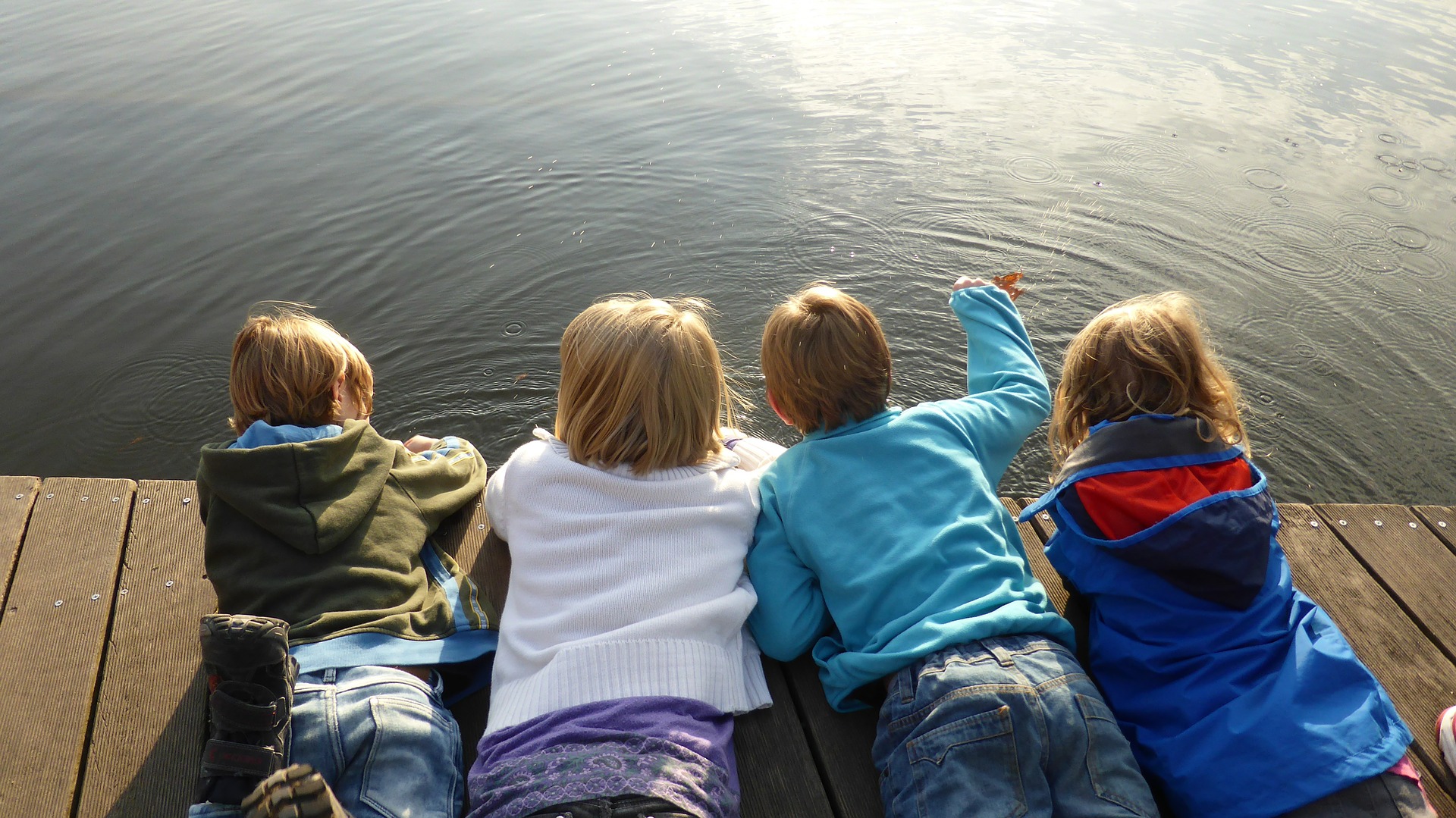
I recently spent a couple of days staying with a friend. We established our relationship while at school together and have been close friends for many years. We have different ideas, viewpoints and idiosyncrasies; however most of the challenges, joys and tribulations in our lives have been experienced together or shared with one another. Some friendships, like ours, endure over decades; whereas others are of much shorter duration.
We are all aware that as children develop and adolescents mature, they change. Maureen Neihart, now working at the National Institute of Education, Singapore, has explored the developmental stages of friendships. Children in the early stages of formal education (4 – 7years), experience play partnerships, later progressing to relationships characterized by helping (8 – 10 years), reciprocity (11 – 15 years) and intimacy (16+ years). Miraca Gross, Director of the Gifted Education Research, Resource and Information Centre at the University of New South Wales, poses and answers her own question: “Do these stages refer to chronological or mental ages?" by asserting they relate to developmental stages. Students' expectation of friendships and perception of a relationship change over time and are strongly influenced by the individual's developmental stage.
Research conducted by Brett Laurensen, from Florida Atlantic University, has identified that middle school is a time when there is much developmental change. This has a flow-on effect, making it difficult for students to maintain relationships, creating an environment in which friendships are very fluid. Proximity, with shared activities providing opportunities for students to connect and interact regularly, facilitates relationships at this time. Laurensen has identified that many relationships established around this time do not last a year; however enduring friendships tend to be based upon demographic and behavioural similarities. Laurensen also found that similarity in levels of popularity, aggression and academic success are traits that predict longer-lasting relationships.
Students who move to a selective school environment are usually delighted to be with others of similar ability and advanced stage of development. Many students comment, at the time of transition to a selective environment, that they are encountering others who think like them; who understand and appreciate their humour; who share similar academic goals and career aspirations. Humour is also developmental. Many high-ability students have experienced years of other children saying they are 'weird' because these other students fail to understand and appreciate the more advanced and sophisticated sense of humour.
Miraca Gross' research into friendship patterns identified an additional level, the 'Sure Shelter', within the gifted population. The term comes from Ecclesiasticus: “A faithful friend is a sure shelter, whoever finds one has found a rare treasure."
© Michele Juratowitch
michele@clearingskies.com.au